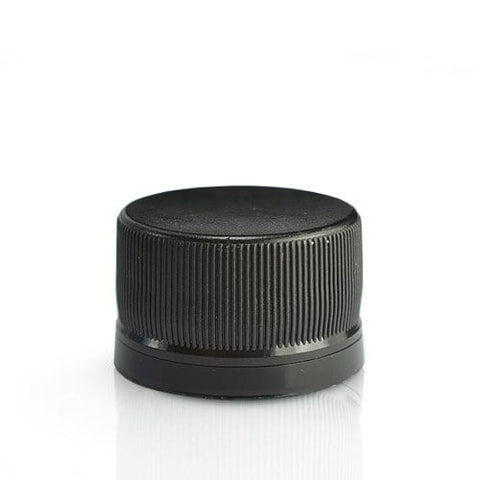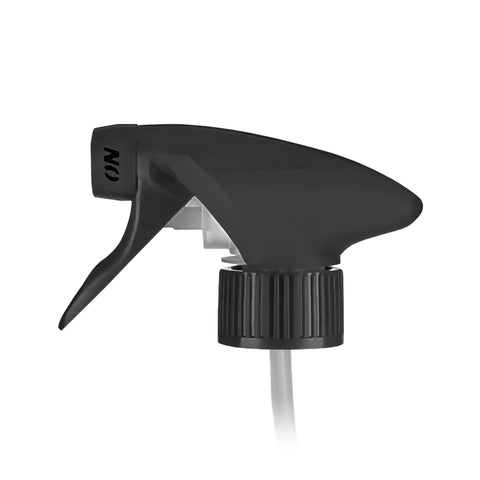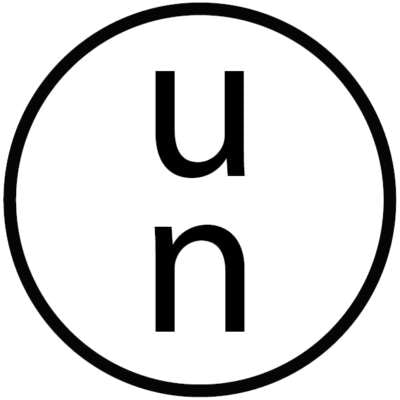Innovation Chem Packaging Deep-Dive Series
1. Why Closures Matter
- Leak prevention: Even a 1 % head-space vacuum can force corrosives through an ill-fitting liner.
- Shelf-life & colour stability: Oxygen or solvent loss accelerates around poorly sealed threads.
- Tamper evidence: Retailers expect an irreversible indicator—band, foil or shrink—that the pack is factory-sealed.
- Legal compliance: EU CLP rules mandate child-resistant closures for corrosive or solvent-hazard consumer products.
2. Closure Families at a Glance
| Closure Type | Standard Necks | Thread Spec | Best Use-Case |
|---|---|---|---|
| Continuous-thread (CT) screw cap | 24/410, 28/410, 38/415 | Single-start, torque 14–18 lbf·in | Everyday detergents, shampoos |
| Tamper-evident (TE) band cap | 28/400, 28/410 | Break-away ring | Retail products needing visible security |
| Child-resistant (CRC) push-and-turn | 28/400, 31/400 | Two-piece ratchet clutch | Corrosive drain cleaners, solvent thinners |
| Dispensing (flip-top / disc-top) | 24/410, 28/410 | Living-hinge lid | Controlled dosing of gels & soaps |
| Vented / pressure-relief | 38/400, DIN 51 | Microporous membrane | Bleach, oxygen-releasing cleaners |
3. Liner Technologies Explained
| Liner | Construction | Seal Type | Ideal Resins | Pros & Cons |
|---|---|---|---|---|
| Foam (F217/PE) | 3-layer LDPE/foam/LDPE | Compress-to-seal | PET & HDPE | Economical, resealable; moderate barrier |
| Pressure-sensitive (PS) | PS foam + EVA-wax adhesive | Adhesive-bonded after capping | PET, glass | Tool-less seal for solids; not for liquids |
| Two-piece induction | Pulp/foam + foil/heat seal | Foil weld + backing | PET peel, HDPE weld | Hermetic, tamper-proof, resealable |
| One-piece induction | Foil + polymer layer | Foil weld only | PET or HDPE (specify) | Fewer parts; linerless after peel |
Tip: For solvent-rich formulas in PET, choose a PET/LDPE/Al foil structure with an easy-peel tab.
4. How Heat-Induction Sealing Works
- Cap application: Induction-lined cap torqued to spec.
- Electromagnetic heating: Eddy currents melt the polymer on the foil.
- Bond formation: Molten layer fuses to the neck land, forming a hermetic seal.
- Cooling: In two-piece liners, the pulp/foam backing remains for re-close torque.
Benefits: zero leaks in e-commerce, extended aroma retention and visible tamper evidence.
5. Tamper-Evidence & Security Layers
| Method | Visual Cue | Removal Action | Notes |
|---|---|---|---|
| TE band | Ring separates from cap | None – band stays on neck | Simple in-mould PP feature |
| Shrink band | Clear or printed film | Tear perforation | Works on pumps & triggers |
| Foil induction seal | Intact foil under cap | Peel or puncture | Combines leak & tamper control |
6. Child-Resistant Closures (CRC)
- Mechanism: Push-and-turn or squeeze-and-turn disrupt children’s grip coordination.
- Regulation: CLP Article 35 demands CRCs on acute-toxic, corrosive or aspiration-hazard products sold to the public.
- Testing: EN ISO 8317 requires ≤ 15 % opening rate among 200 children aged 42–51 months.
7. Selecting the Right Liner Material
| Chemistry | Typical pH / Solvent | Recommended Liner | Reason |
|---|---|---|---|
| Bleach & Peroxide | pH 12, oxidiser | Two-piece induction, HDPE weld | No adhesive degradation; vented cap optional |
| Acid Descaler | pH 1–2 | One-piece foil, PET peel | Acid-resistant film; easy consumer removal |
| Citrus Degreaser | 10 % d-limonene | Two-piece foil + pulp/PE | High solvent barrier, resealable backing |
| Dry Oxidising Powder | (solid) | PS foam liner | Instant seal; induction unit not required |
8. Quality & Compliance Tests
- Torque retention: ≥ 80 % after 24 h @ 40 °C.
- Peel strength: 25–40 N (PET peel) or 40–60 N (HDPE weld).
- Vacuum / pressure: –20 kPa & +70 kPa for 30 min – no leakage.
- Drop & transport: ISTA 3A e-commerce tests; foil seals stay intact.
- Shelf-life simulation: 12 weeks @ 40 °C / 75 % RH; monitor weight loss & liner blistering.
9. Sustainability Trends
- Monomaterial caps & liners: PP bodies with EVOH barrier, liner-less designs for easier recycling.
- PCR polypropylene (≥ 30 %): Cuts virgin resin while meeting chemical regs.
- Easy-peel foils: Encourage consumer separation and improve PET recyclate purity.
10. Quick-Reference Matrix
| Product | Neck | Closure | Liner | Tamper-Evident? |
|---|---|---|---|---|
| Kitchen Degreaser | 28/410 | Ribbed CT PP | F217 foam | Shrink optional |
| Wheel-Acid Cleaner | 28/410 | Smooth CT PP | One-piece foil (PET) | Foil + TE band |
| Solvent Tar Remover | 24/410 | TE PP | Two-piece foil (PE) | Built-in TE ring |
| Drain Opener (Corrosive) | 31/400 | CRC push-and-turn | Weld-seal foil | CRC indicator |
| 5 L Bleach | 51 mm TE | Vented TE cap | Foil + vent | Inner TE band |
11. Take-Away Checklist
- Match liner chemistry: foam for neutrals, foil for liquids, specialty films for solvents.
- Plan tamper evidence early—non-secure packs get rejected.
- Meet CLP CRC rules: push-and-turn caps are mandatory for corrosives.
- Specify torque & peel targets in your QA spec.
- Think recyclability: PCR caps and liner-less closures future-proof sustainability claims.
Need lab data or samples? Contact the Innovation Chem packaging team—we’ll help you lock in the cap, closure and induction seal that keeps every product safe, compliant and customer-ready.



